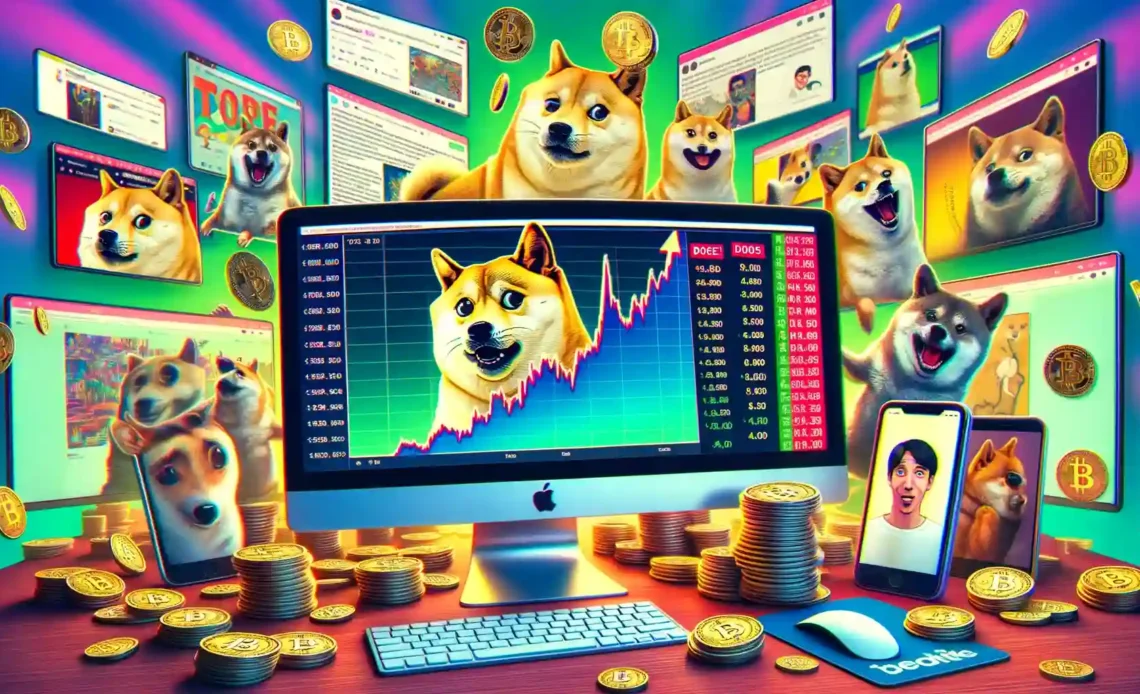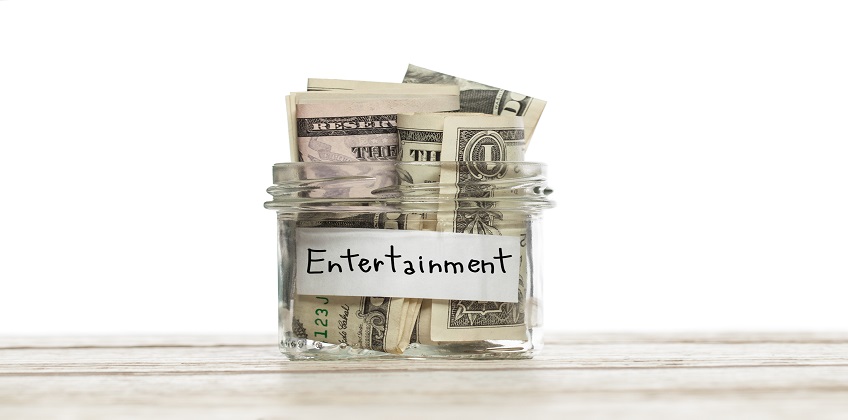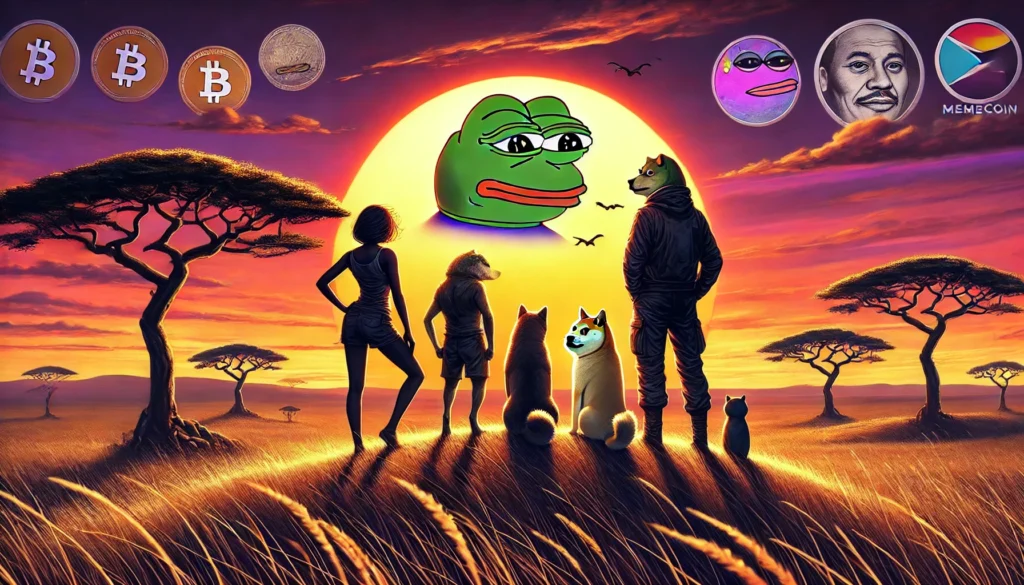
From Dogecoin and Shiba Inu to PEPE and WEN, “joke” cryptocurrencies—better known as memecoins—have taken the financial world by storm. While traditional investors scratch their heads wondering why anyone would put money into a token with no intrinsic value or utility, a new generation of traders is pouring billions into coins that started as internet jokes.
So, what’s going on here? Why are people investing in memecoins, often knowing full well they’re risky or even worthless in traditional terms?
The answer lies in psychology—a fascinating blend of social behavior, emotional biases, and digital culture. Let’s break down the key forces driving meme investing and why, despite the warnings, it’s likely here to stay.
1. The Power of Belonging: Community Over Fundamentals

One of the most powerful motivators behind meme investing is the sense of community. Memecoins thrive on tribalism—tight-knit groups of internet users who rally around a shared identity, whether it’s Shiba Inu holders calling themselves the “Shib Army” or Dogecoin fans proudly adopting the Shiba dog as their mascot.
Investing in a memecoin isn’t just about making money—it’s about being part of something. It offers:
- Inside jokes and memes that only community members understand
- A sense of mission, often tongue-in-cheek, like “taking DOGE to the moon”
- Emotional rewards of belonging to a viral, energetic movement
This taps into one of the most basic human needs: the need to connect and belong. And in the world of Web3, where identity is fluid and community is everything, memecoins offer a fast-track to feeling part of something bigger.
2. FOMO and the Allure of Quick Riches

Another huge factor is FOMO—the fear of missing out.
Memecoins are often low-priced, sometimes fractions of a cent. This creates the illusion that there’s unlimited upside. The success stories are everywhere:
- Dogecoin turning a $1,000 investment into six figures
- Early Shiba Inu buyers becoming millionaires seemingly overnight
- PEPE mooning within weeks of launch
Even when people know it’s speculative, the possibility of life-changing returns is hard to ignore. Behavioral economics tells us that people overvalue small probabilities of large gains—it’s why we play the lottery or gamble in casinos. Memecoins are just the crypto version of that same impulse.
3. Humor and Rebellion: Investing as Entertainment

Let’s face it—crypto can be boring. Reading whitepapers, understanding staking mechanisms, comparing Layer 1 vs. Layer 2 chains—it’s a lot. Memecoins offer the opposite: fun, irreverence, and unpredictability.
For many, meme investing is a form of:
- Rebellion against traditional finance (“Why trust Wall Street when I can ape into WEN?”)
- Satire of the seriousness of investing (“Who needs fundamentals when you’ve got memes?”)
- Entertainment (“Let’s see what happens when we all YOLO into a frog coin.”)
This attitude is especially prevalent among Gen Z and younger millennials, who grew up online and are deeply fluent in meme culture. For them, meme investing is often less about responsible portfolio construction and more about making a statement—and getting a laugh while they’re at it.
4. Social Proof: If Everyone’s Doing It, It Must Be Right

In psychology, social proof refers to our tendency to mirror the behavior of others, especially when we’re unsure what to do. In crypto, this plays out via:
- Viral Twitter threads
- Reddit forums exploding with hype
- Influencers and celebrities (like Elon Musk) tweeting memes that send token prices soaring
When you see thousands of people ape into a token, the natural assumption is: “They must know something I don’t.”
This effect is amplified in crypto where things move fast, and visibility equals legitimacy. If a meme coin is trending, many assume it must have value—or at least short-term momentum. Rational or not, people tend to follow the herd.
5. Gamification and Dopamine Hits
Meme investing also taps into the mechanics of gamification—turning something serious (like investing) into a game.
Trading apps, Telegram bots, and social tokens make meme investing feel like:
- A digital game of chance
- A competition for clout (e.g., “I bought the dip, did you?”)
- A dopamine loop, with every price spike triggering that addictive thrill
This isn’t accidental. Just like slot machines in casinos are designed to keep you pulling the lever, meme coins are designed to be fast, viral, and exciting. Each gain, each green candle, each meme-laced tweet provides a little jolt of chemical reward.
6. Low Barriers, High Imagination

You don’t need to be an accredited investor or understand macroeconomics to buy a memecoin. That accessibility is a big part of the appeal.
Memecoins are:
- Cheap: You can own millions of tokens for a few dollars
- Simple: There’s often no complex tech to understand
- Fun: There’s no pressure to be serious—it’s okay to dream
This creates an ecosystem where newcomers feel welcome and where imagination fuels speculation. “What if this joke coin becomes the next DOGE?” is a question asked daily, and sometimes, it actually happens.
So, Is Meme Investing Rational or Irrational?
Here’s the twist: It’s both.
From a traditional finance standpoint, buying into a coin with no utility, roadmap, or intrinsic value is irrational. But from a behavioral economics and cultural standpoint, meme investing is deeply rational.
It offers:
- Social identity
- Emotional rewards
- Fast gains (sometimes)
- Entertainment value
- A way to express yourself online
Memecoins aren’t replacing Bitcoin or Ethereum—but they’re not trying to. They’re an expression of how investing is changing in the age of memes, TikTok finance, and decentralized communities.
Final Thoughts: What Should Investors Keep in Mind?
Meme investing is fun, fast, and full of potential—but also full of risk. For every PEPE that pumps 1,000%, there are dozens of coins that fade into obscurity. Understanding the psychology behind meme investing can help you:
- Stay self-aware of emotional decisions
- Avoid falling for pure hype
- Decide if you’re in it for laughs, gains, or both
There’s nothing wrong with having a little exposure to memecoins. Just make sure you’re not mistaking memes for market fundamentals—and never invest more than you can afford to lose.

